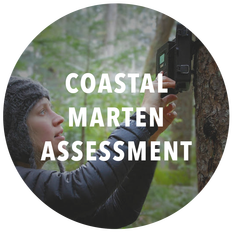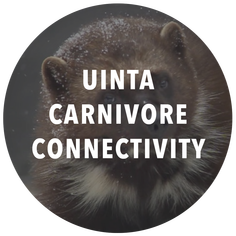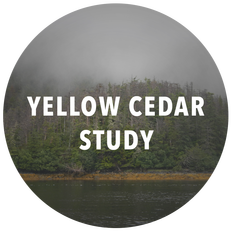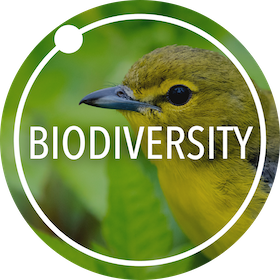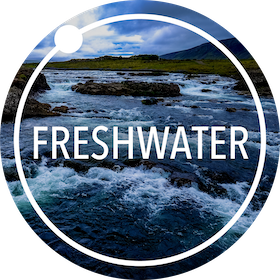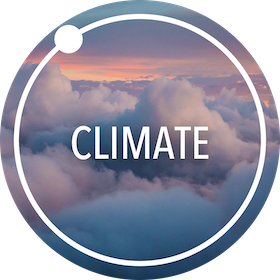Forests
Forests cover 31 percent of the Earth’s land surface and are home to more than 80 percent of all terrestrial animals, plants, and insects. More than 1.6 billion people rely on intact forests for their livelihoods. Yet each year, we lose about 10 to 12 million hectares of forest to deforestation and land use changes, an area roughly the size of Iceland.
Our Impact on Forests
Our Focus: Adventure Scientists contributes to a sustainable future for the world’s forests through collaborations that slow deforestation, protect existing forests, and support reforestation.

Our work slowing deforestation includes:
- Creating genetic and chemical reference libraries of tree species that enable supply chain tracking and hold poachers accountable for timber theft.
- Ground validating Land Use Land Cover mapping and other remote sensing data.
- Conducting fuel surveys, burn scar mapping, and ground validating fire models.

Our work supporting reforestation includes:
- Monitoring the efficacy of tree planting and associated benefits (biodiversity, water quality, etc.) to guide future efforts.
- Collecting genetic data that can be used to restore resilient forest landscapes and in testing against future climate scenarios.
Our Work With Forests
Project Portfolio
Scientific Publications
Tree Tracking
Cronn, Richard C., et al. “Range-wide assessment of a SNP panel for individualization and geolocalization of bigleaf maple (Acer macrophyllum Pursh)” Forensic Science International: Animals and Environments, Vol. 1, 100033, Nov. 2021.
Coastal Marten Survey
Moriarty, Katie M., et al. “Status of Pacific Martens (Martes caurina) on the Olympic Peninsula, Washington.”Northwest Science, Vol. 93, No. 2, 25 Sept. 2019.
Yellow Cedar Study, Southeast Alaska
Oakes, Lauren E., et al. “Conservation in a Social-Ecological System Experiencing Climate-Induced Tree Mortality.” Biological Conservation, Elsevier, 22 Oct. 2015.
Oakes, Lauren E., et al. “Long‐Term Vegetation Changes in a Temperate Forest Impacted by Climate Change.” The Ecological Society of America, John Wiley & Sons, Ltd, 31 Oct. 2014.

